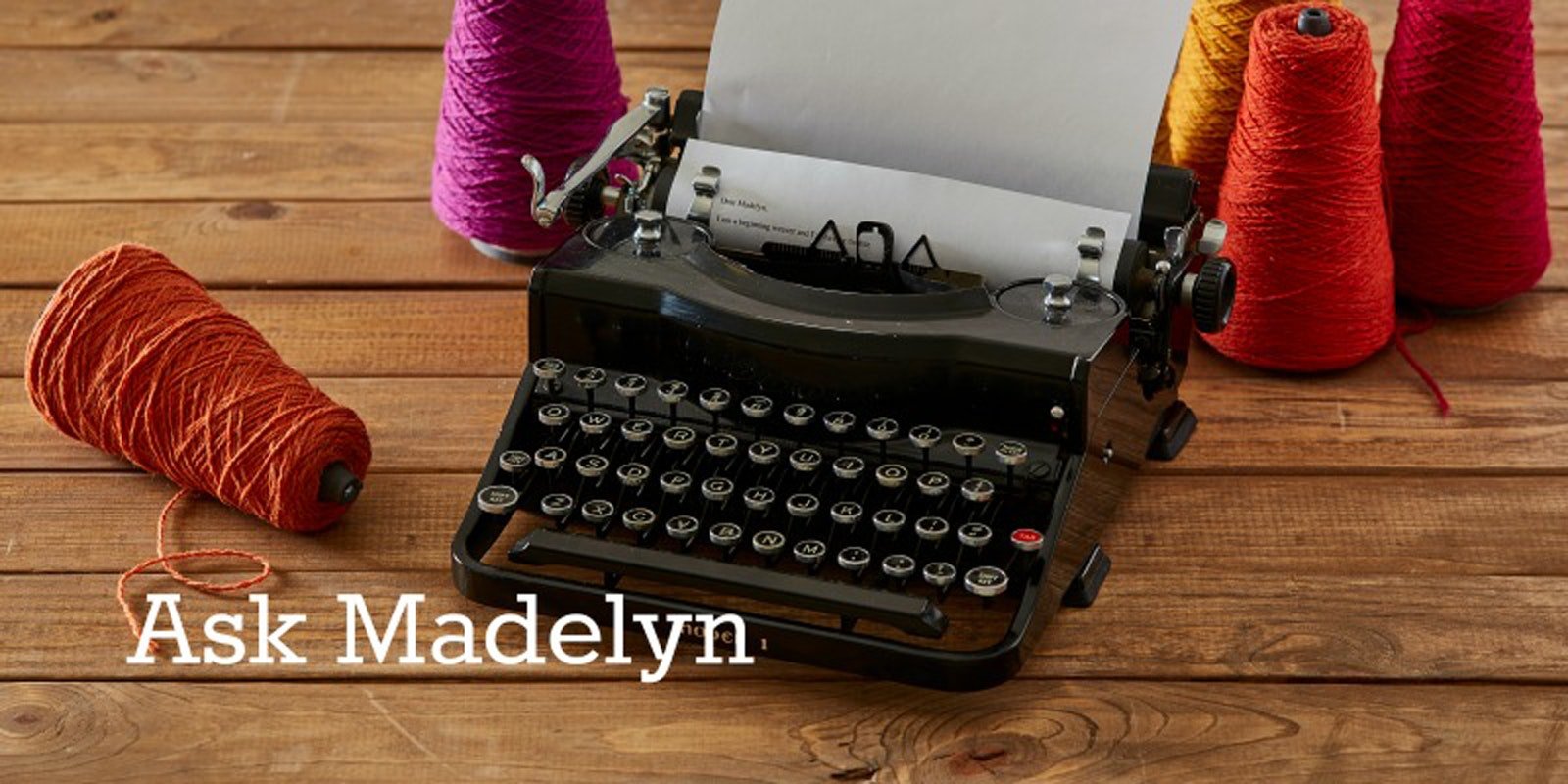Hi Madelyn,
A long time ago after I had my first loom for a while, I found myself in need of additional reeds and have acquired a variety over the years. I never paid strict attention to whether or not the reeds were from the same manufacturer as my looms, and I've never had any problems. I'm wondering if that was naive on my part or are reeds and looms generally compatible despite the manufacturer.
-Anna
Hi Anna!
Most reeds available to weavers in the United States are described as having a certain number of dents per inch and a certain length. The common dents per inch are 4, 6, 8, 10, 12, and 15. The length of the reed is usually given as the weaving width, but the actual length may be as much as an inch longer because of the edge of the frame holding the reed’s teeth. This measurement varies according to the age of the reed (newer reeds have a narrower edge to their frame but a thicker, stronger top and bottom edge).
Reed height also varies and depends on the construction of a particular loom’s beater (different looms do require a different height). The reeds used for the looms at the Weavers’ School are all 4-1/2” tall. Some looms can take reeds of any height (Scandinavian looms, for example, since the beater cap can be placed at any level).
Reeds manufactured in Scandinavia give the number of dents in ten centimeters instead of the number of dents per inch. They can be used almost interchangeably by following these conversion numbers:
- 60 dents per 10 centimeters = 15 dents per inch
- 45 or 50 dents per ten centimeters = 12 dents per inch
- 40 dents per 10 centimeters = 10 dents per inch
- 30 or 35 dents per 10 centimeters = 8 dents per inch
- 25 dents per 10 centimeters = 6 dents per inch
Used reeds can be easy to acquire. You can cut down reeds that are too long; Glimakra USA markets a reed cap that can be placed on the cut ends of the reed. Used reeds can be cleaned a number of ways (steel wool or brush and some WD40 or any anti-rust solution). You do need to be sure there are no rough spots on the teeth that might catch and tear warp threads. (If rust is minimal, I sometimes spread a bit of WD40 on the warp threads and let them do the cleaning before I start the real weaving.) Newer reeds are made of stainless steel, so rust is not an issue.
It’s good to have a collection of reeds, and as long as they fit your loom and fabric needs, all is well!
-Madelyn

